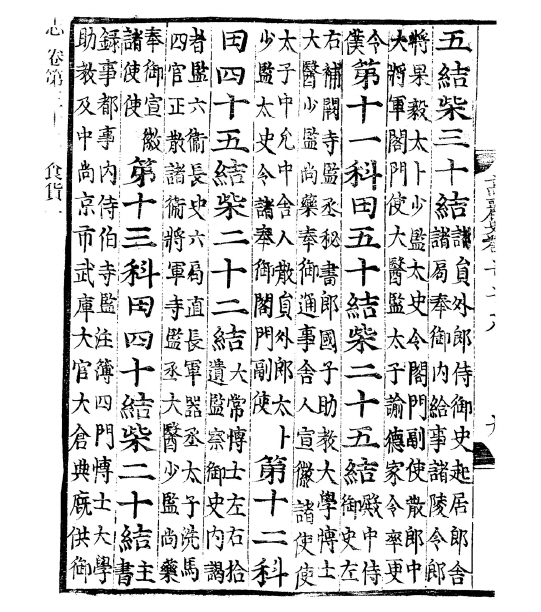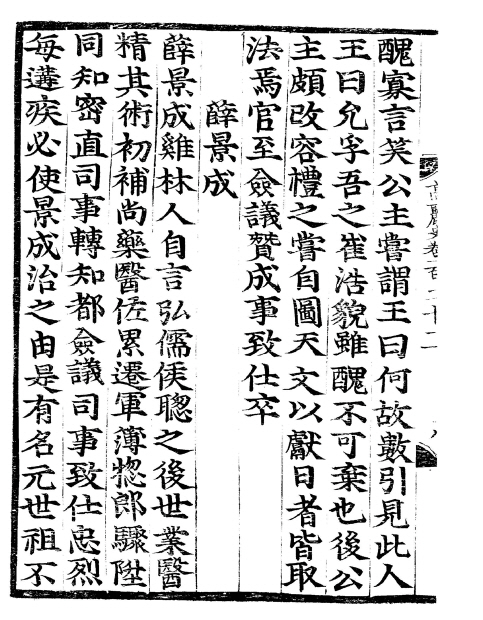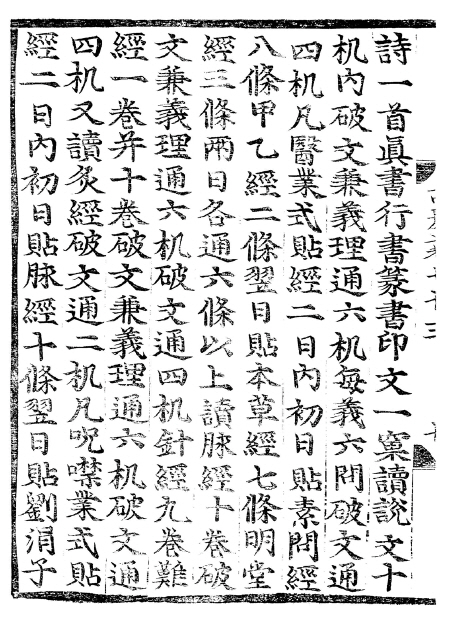J Educ Eval Health Prof.
2015;12:19. 10.3352/jeehp.2015.12.19.
History of the medical licensing examination (uieop) in Korea's Goryeo Dynasty (918-1392)
- Affiliations
-
- 1Handok Museum of Medicine and Pharmacy, Eumseong, Korea. kyunglock.lee@handok.com
- KMID: 2402026
- DOI: http://doi.org/10.3352/jeehp.2015.12.19
Abstract
- This article aims to describe the training and medical licensing system (uieop) for becoming a physician officer (uigwan) during Korea's Goryeo Dynasty (918-1392). In the Goryeo Dynasty, although no license was necessary to provide medical services to the common people, there was a licensing examination to become a physician officer. No other national licensing system for healthcare professionals existed in Korea at that time. The medical licensing examination was administered beginning in 958. Physician officers who passed the medical licensing examination worked in two main healthcare institutions: the Government Hospital (Taeuigam) and Pharmacy for the King (Sangyakguk). The promotion and expansion of medical education differed depending on the historical period. Until the reign of King Munjong (1046-1083), medical education as a path to licensure was encouraged in order to increase the number of physician officers qualifying for licensure by examination; thus, the number of applicants sitting for the examination increased. However, in the late Goryeo Dynasty, after the officer class of the local authorities (hyangri) showed a tendency to monopolize the examination, the Goryeo government limited the examination applications by this group. The medical licensing examination was divided into two parts: medicine and 'feeling the pulse and acupuncture' (jugeumeop). The Goryeo Dynasty followed the Chinese Dang Dynasty's medical system while also taking a strong interest in the Chinese Song Dynasty's ideas about medicine.
MeSH Terms
Figure
Reference
-
1. Lee KL. Dr. Yoon Jin-Kuk’s promotion certificates and the diploma certificate. Yonsei J Med Hist. 2002; 6:46–53.2. Lee KL. Dr. Lee Jai-Young’s certificate of passing the bar exam for the medical doctor. Yonsei J Med Hist. 2002; 6:123–9.3. Lee KL. Formation and development of Uieop. Hyean;Seoul (KR): 2010.
- Full Text Links
- Actions
-
Cited
- CITED
-
- Close
- Share
- Similar articles
-
- Important Drugs and Its Patterns during the Late Goryeo Dynasty -Obtain and distribution of Bupleuri Radix (柴胡) and Ginger(生薑)-
- Medical licensing examination (uigwa) and the world of the physician officers (uigwan) in Korea's Joseon Dynasty
- Construction of Medieval Skeleton Collections with Human Remains from Tombs of Goryeo Dynasty, Korea
- Mitochondrial DNA Analysis of the Human Skeletons from Goryeo Dynasty Graves Discovered at Youngwol, Gangwon-do
- The Provincial Medical System during the Early Days of Koryo Dynasty




